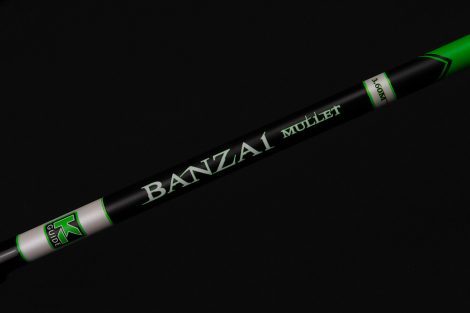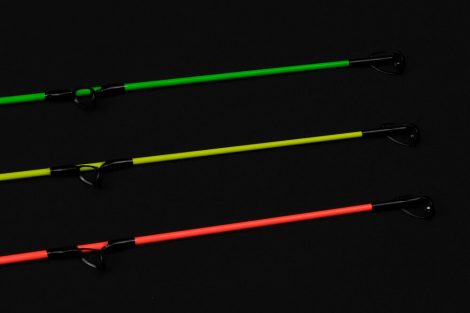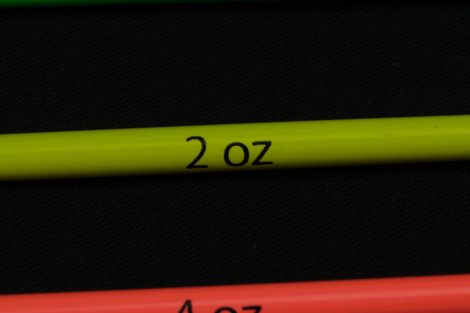Distinguished from the more common thick-lipped mullet by the narrow upper lip. The pectoral fin does not reach the eye if folded back, and there is a definite black spot at the upper root of the pectoral fin.
The thin-lipped mullet is a summer migrant to the UK, mostly found along the English Channel coast and rarely found north of Pembrokeshire on the west coast of the UK. In Ireland, it is found in the saltwater creeks and lagoons, mostly along the Cork coast but also in south Kerry.
They can grow to over 10lbs in the Mediterranean, but in the UK fish in the 1 to 3lbs range are most common, with numbers of smaller fish often present in shallow saltwater lagoons. The British record is now over 8lb 8ozs, and it's possible some big thin-lips have been misidentified in the past as thick-lips.
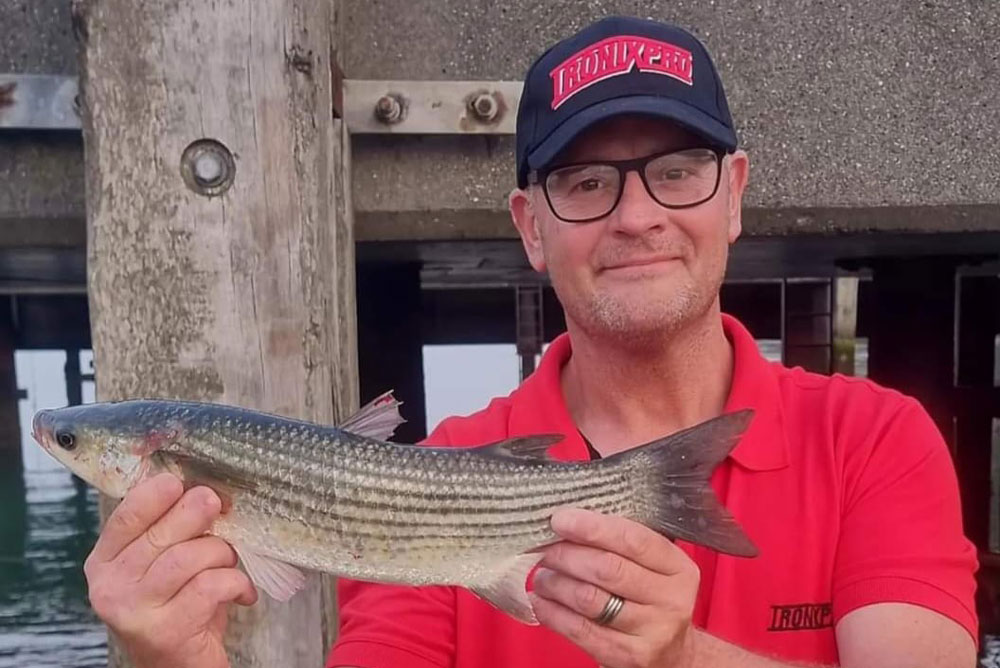
Season
They are on the limit of their normal northern migration here in the UK and Ireland. The season usually starts in May and extends into October. Occasional fish can be taken outside this period in ideal conditions after a very mild winter.
The peak months are from June to September, with a quick decline in October, especially if autumnal gales persist.
Habitat
Thin-lipped mullet favour smaller muddy bottomed harbours, especially those at the heads of estuaries or where there are sources of incoming freshwater from streams and small rivers. They penetrate deep into estuaries and travel well above the demarcation line of freshwater, often being seen in lower river pools and mistaken for thick-lips.
Their main habitat is the saltwater lagoons that hold shallow water over a muddy or silty bottom but get a flush of fresh saltwater with every tide. As long as there is enough water depth for them to easily swim with the odd deeper gully to hide in and a permanent access route out, be that just an outflow through a drainage pipe or under a small bridge, then the fish will stay in the lagoon the whole time. Some shallower lagoons only see fish enter as the flood tide arrives, and they’ll exit mid ebb to avoid being cut off.
Weather and Tides
Ideally, weather patterns should be fairly settled, calm and dry. Longer periods of unsettled stormy weather see the fish push out of the lagoons and estuaries, especially if there is acidic flood water present. They don’t like coloured water!
They will feed in bright sunlight, but the best conditions are when there is some cloud cover to subdue overall light on the water surface and through the water column. And especially so if there is a light breeze to put a slight chop on the water’s surface.
In the harbours and estuary channels, the best tides are those that are rising daily towards the higher spring tides, the fish are noticeably more active on these. That said, you will still catch on the smaller neap tides and during the ebb, though the fish will show less interest from the middle ebb to low water slack. If you have a choice, try to fish a flooding tide just after first light, as again the fish are more active then.
Tackle
A designated mullet rod, like the Banzai Mullet, with three different power tips covering 2 to 4ozs and around 12ft long are perfect with a 5000 sized fixed spool and load with 15 to 20lb Tronixpro X8 Power Braid as a main line or with 10lb Axia Monofilament. This covers most eventualities.
Thin-lips are quite predatory and the best way to fish for them is by sliding a small inline clear Tronixpro Bubble Float onto the main line, then tie on a small size 8 Tronixpro Rolling Swivel. To the swivel, add 5 to 6ft of 6lb Axia Fluorocarbon. Slide onto the 6lb Fluorocarbon a small pearl coloured Tronixpro Spinner Blade using a clevis pin. The clevis pin rotates freely on the line, adding much more movement to the blade. Below the blade, add four 3mm pearl beads and tie on a small size 10 swivel. To this last swivel, tie on 8-inches of 6lb Fluorocarbon and add Tronixpro T67 AJI Ring Hook size 8 or a Wormer size 10.
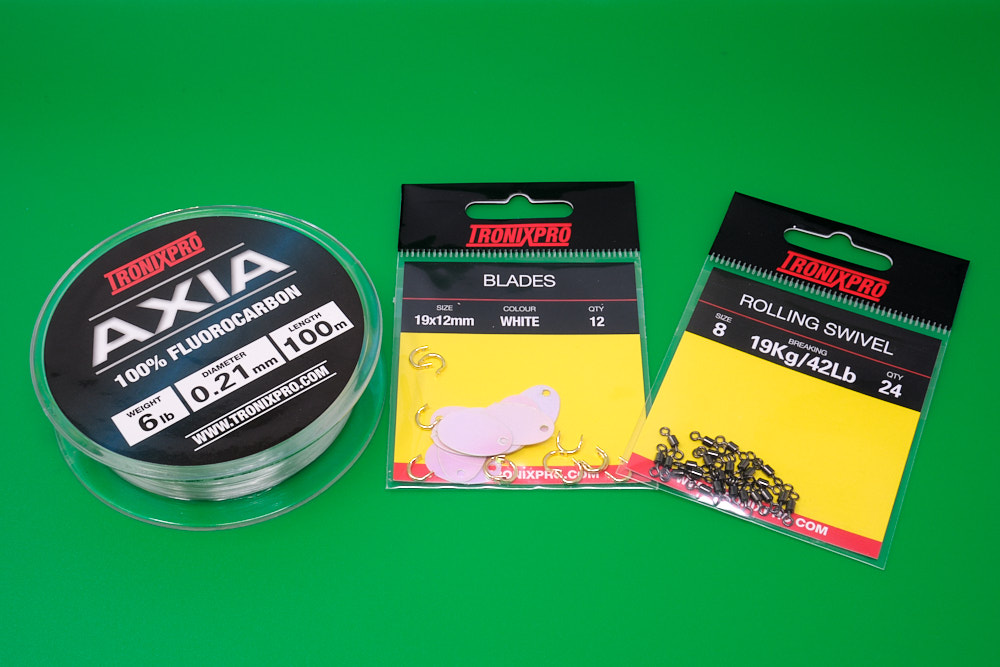
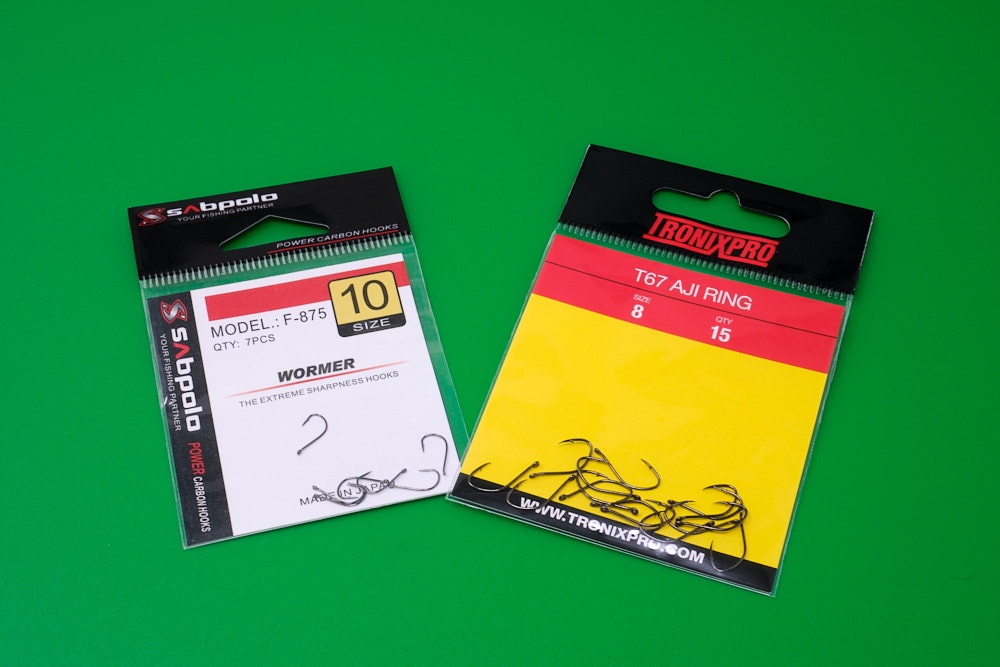
The distance between the blade and beads and the hook is important. Have it too close and the thin-lipped mullet can ignore the bait. That 8-inch gap is just about perfect, with the spinning blade drawing the fish in but leaving the bait well clear and individually obvious. For casting weight, just add a little water to the bubble float.
Baits
By far the best bait are the small harbour or maddie rag. These can be fished either singly or in small bunches of 2 to 6 worms. Hook the worms by the head, only leaving the longer bodies to wriggle and move naturally in the water.
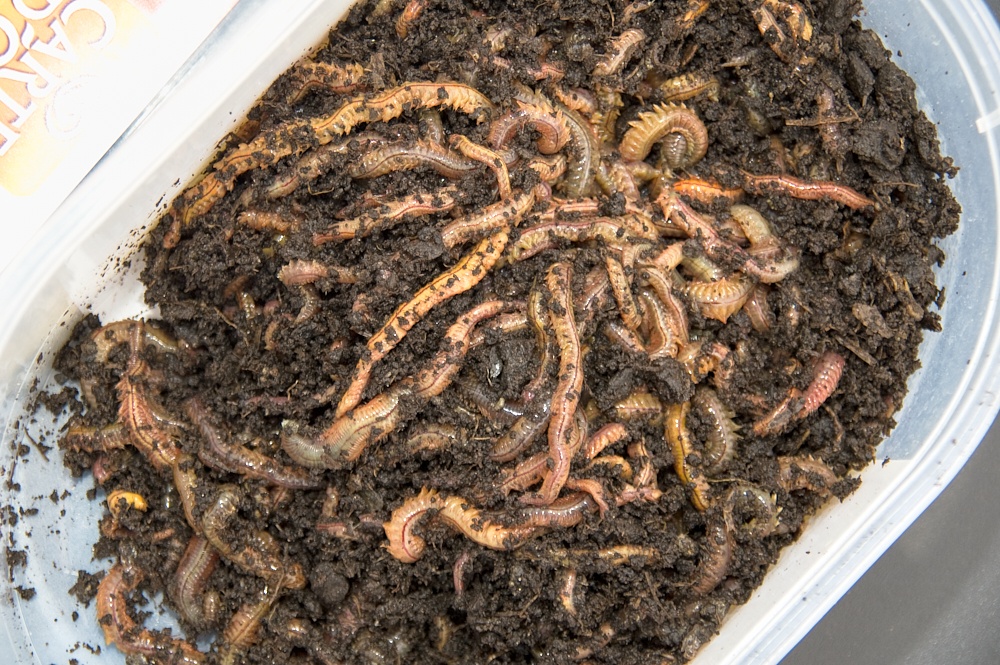
It’s a very poor second, but very thin strips of mackerel or squid can also work, as will small sections of rag or lug.
Some of the small thin plastic or rubber worms sold for LRF fishing can also work as the bait will be moving in the water to add life like movement. If you go down this route, choose only the thin, supple worm like lures.
Methods
It’s an obvious statement, but spend time locating the fish, which you’ll see on the surface making small V shapes as they swim. All too often anglers just blind cast and really this is just wasting time. You need to be on the fish, which sometimes can be quite localised.
Once baited up and with the fish in front of you, deliberately overcast the fish so as not to scare them. Using a slow by steady retrieve, draw the float and bait back through the area the fish are present in and keep up the steady retrieve, don’t stop. Typically, you’ll feel small nips and tugs on the line, but ignore these, just keep retrieving. One of two things will happen. The thin-lipped mullet will pull the worms off and miss the hook, or the rod tip will bend into the fish as it hooks itself. If you get tugs and no hook-ups, increase the speed of the retrieve slightly or slow it down.
Another thing you can do is to try lengthening the Fluorocarbon between the small swivel and the hook. Adding a couple of inches can sometimes make a difference. Usually lengthening the Fluorocarbon is the way to go first, but also try shortening it if all else fails. Or try reducing the Fluorocarbon to just 4lbs. Again, this can help induce extra bites if the water and light levels are bright and clear.
It also pays to rest the water for a few minutes. Repeated casting will unnerve the fish. Leave it for 5 minutes, and they soon regain their confidence and start Veeing on the water as they move about seeking food, which is an indication to try again.


